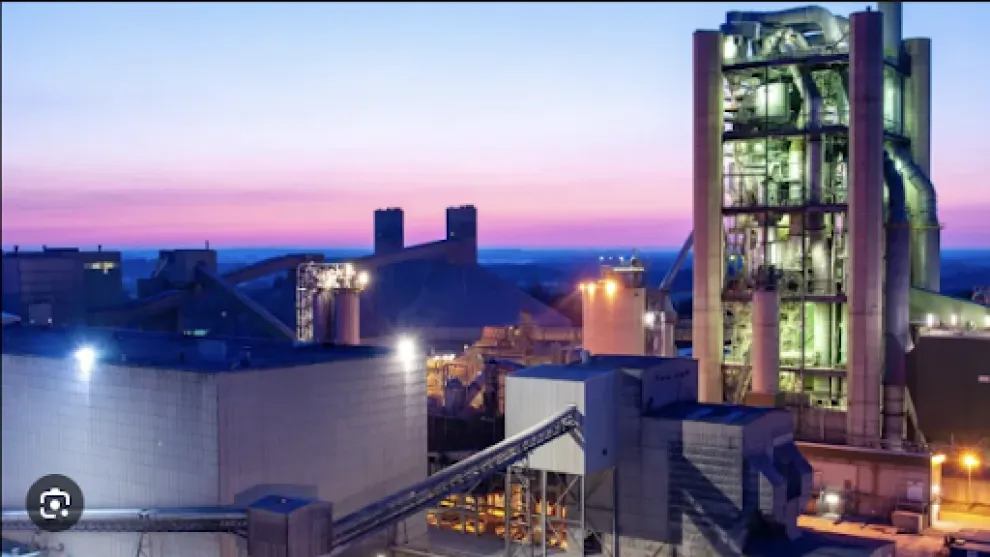
Using the renewable energy in the production process.
Fossil fuels to alternative fuels
Lafarge UAE&Oman is committed to reducing its carbon emissions. The company is doing this by transitioning from fossil fuels to alternative fuels in its cement production.
Fossil fuels are the source of energy for cement production. They are used to heat the kilns that turn limestone and clay into cement clinker. Clinker is the main ingredient in cement, and is responsible for the strength of concrete.
The use of fossil fuels in cement production contributes to climate change. When fossil fuels burn, they release carbon dioxide into the atmosphere. Carbon dioxide is a greenhouse gas that traps heat, which causes the Earth's temperature to rise. Kilns are usually heated by fossil fuels, and the combustion of these fuels produces about 40% of cement’s CO2 emissions.
Some of the alternative fuels that Lafarge UAE&Oman is using include:
- Biomass: Organic materials from plants or animals is used to generate heat or electricity.
- Waste heat: Waste heat is generated as a by-product of other processes. For example, waste heat can be generated from power plants or factories.
- Solar and wind power: This renewable energy source does not produce carbon emissions. Lafarge UAE&Oman is installing solar and wind farms at some of its cement factories.
Here are some of the benefits of Lafarge UAE&Oman transition to alternative fuels:
- Lafarge UAE&Oman transition to alternative fuels is helping to reduce the company's carbon emissions and is a step towards combating climate change.
- The company’s transition to alternative fuels is helping to increase energy security. This is because alternative fuels are renewable and it decreases the company’s reliance on fossil fuels.





